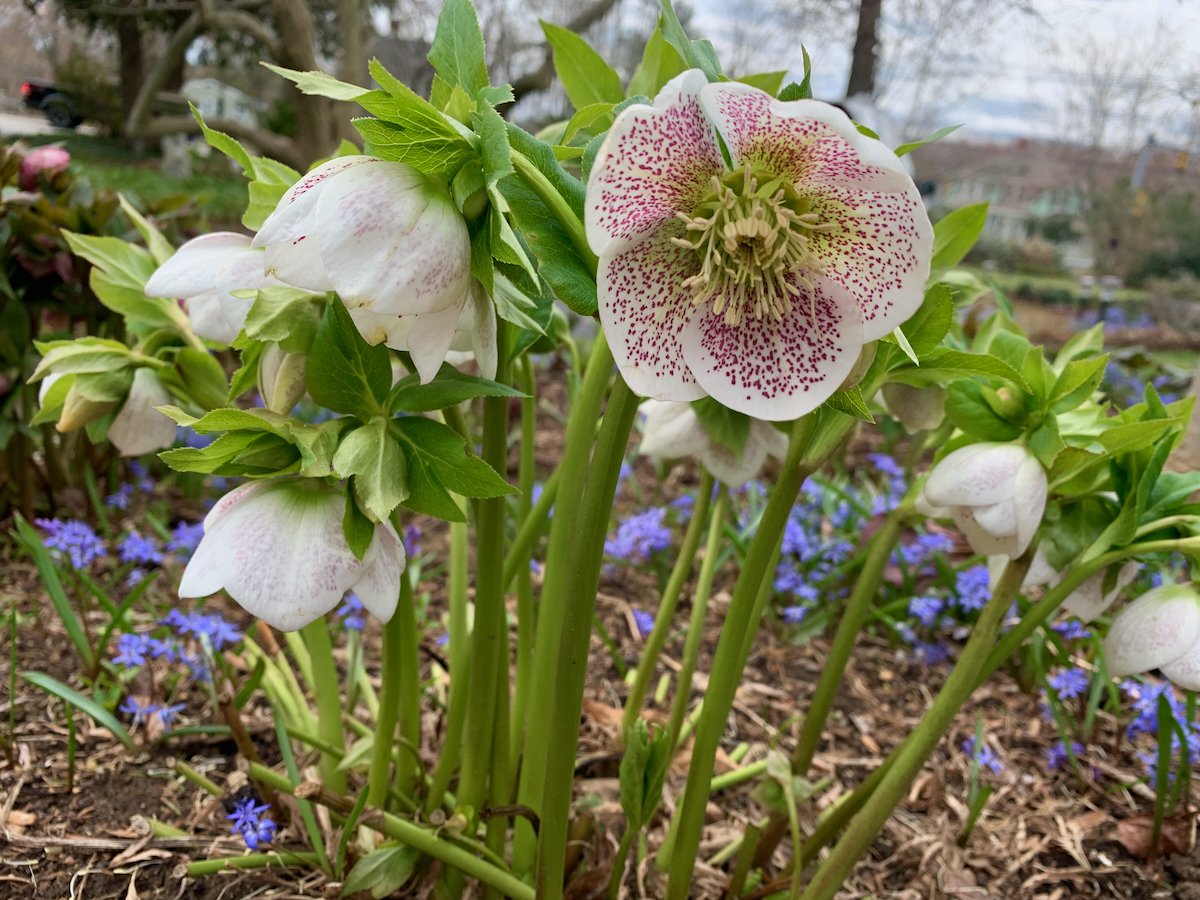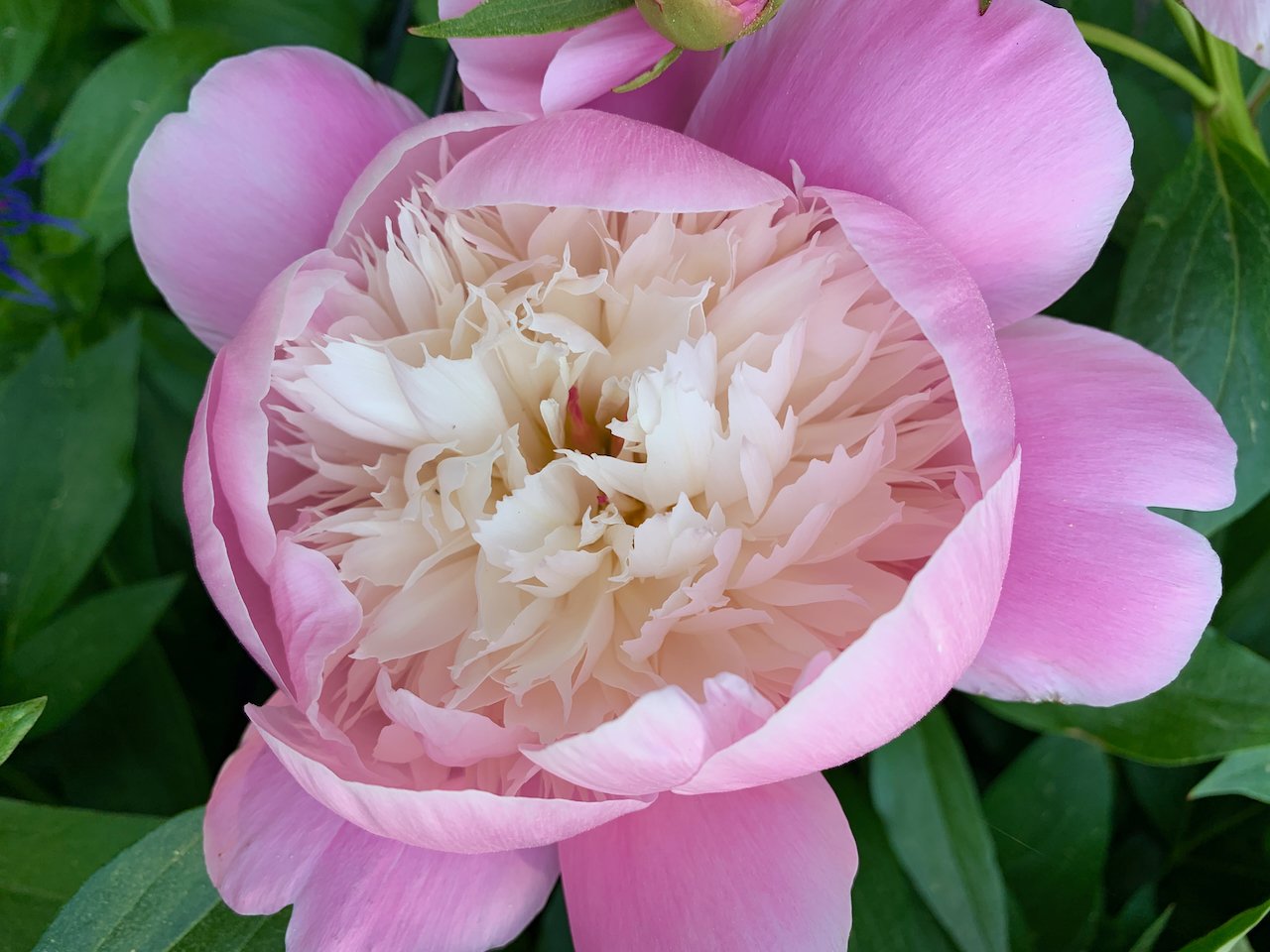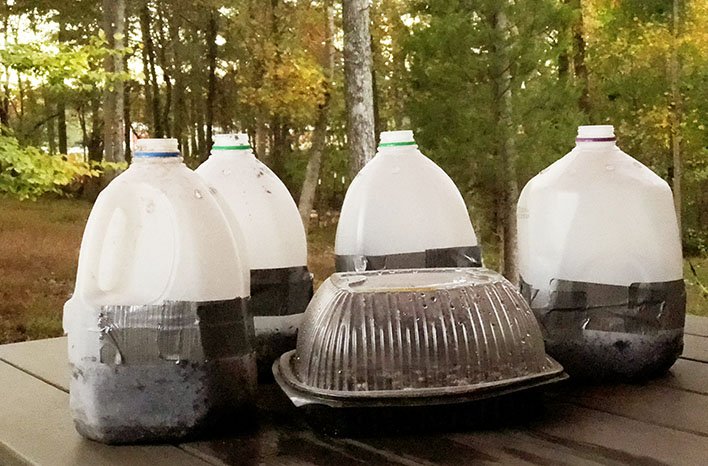Leave the Leaves
/By Joan Butler
I am very lucky to have a mature red oak, Quercus rubra, and an Eastern Red Cedar, Juniperus virginiana, in one corner of my property. The cedar produces beautiful berries that provide food for birds in winter, and for flocks of migrating birds, such as cedar waxwings and robins.
While I have planted a perennial garden beneath the cedar, the area under the oak has been left “messy”. Fallen leaves stay in place year-round. Many creatures require this type of undisturbed leafy environment for part of their life cycle. Wooly bear caterpillars overwinter here, as do many butterfly and moth pupae such as the pupae of the hummingbird moth. Bumblebee queens dig burrows here in autumn, staying safely underground until spring. And fireflies require this environment for every stage of their life cycle, except for the 6-8 weeks when they are in flight.
As I learn more about the ecological benefits of undisturbed “natural” areas in the home garden, I am transitioning other areas in my landscape into “habitat zones”. The concept does tend to conflict with our neat-and-tidy suburban ethos. But I have found that a number of our native plants serve as excellent groundcovers that bring order to “untidiness” while providing the benefit of added diversity.
Foamflower, Tiarella cordifolia, is a clump forming perennial that spreads fairly quickly by stolons and will also set seed. The lobed leaves are heart-shaped and are often delicately patterned with red. Beautiful spring blooms of white flowers are profuse and are held upright like small bottlebrushes on wiry stems above the leaves. Foamflower will grow in dense shade, but flowers best with some sun. Semi-evergreen, hardy to Zone 4, 7-10” tall.
The heart-shaped foliage of wild ginger, Asarum canadense, adds wonderful texture to the garden. This vigorous, rhizomatous spreader simply covers the ground, even in dense shade. Inconspicuous brownish flowers are held close to the ground, beneath the leaves, where they are pollinated by ants and crawling beetles – and interesting adaption. Deciduous, hardy to Zone 3, 8” tall.
Woodland geranium, Geranium maculatum, grows from a woody rhizome and will self-sow, flinging its seeds 10-20 feet from the mother plant, which is of great benefit in woodland settings. Also known as spotted geranium, its attractive lobed leaves are held in loose clusters. It blooms for about a month in late spring-early summer, with flower colors ranging from white to lavender to dark pinkish-purple. The flowers are followed by seed pods that, when dry, resemble tiny delicate candelabra. Woodland geranium will not grow in dense shade, and flowers best in part sun. Deciduous, hardy to Zone 3, 12-18” tall.
Bloodroot, Sanguinaria canadensis, is an absolute delight. Its early spring blooms (white petals with gold anthers) are followed by rounded, greyish-green lobed leaves that last well into autumn and provide bold texture to the garden. Bloodroot spreads by rhizomes, and by seed. Seeds are often relocated by ants that store them for winter consumption, when they will dine on a fleshy appendage attached to each seed – an interesting relationship for seed dispersal. Deciduous, hardy to Zone 3, flower stalks: 4”, leaf height: 12-15”.
I also have had success with Allegheny Spurge, Pachysandra procumbens, with its delicately mottled evergreen leaves. It spreads easily by rhizomes and is quite tolerant of dry shade. White, scented flowers appear in late April, before the new leaves expand. It is well-behaved groundcover unlike the more commonly planted aggressive Japanese species. Evergreen, hardy to Zone 4-5, 8-12” tall.
If you have areas of your property that can transition into leafy habitat zones, have a go at it! The benefits are many. Reduces fall clean-up time! And the leaves that are left in place will return nutrients to the soil as they decompose – nutrients that are otherwise removed. Many insects, reptiles, birds and other creatures use undisturbed areas in ways we are only now exploring. We are beginning to learn about the importance (and joys!) of mimicking the natural world in our gardens.
We would love to hear about native plants you are using in your gardens that could be included in “leafy habitats”. Please leave a comment below.
You Might Also Like















